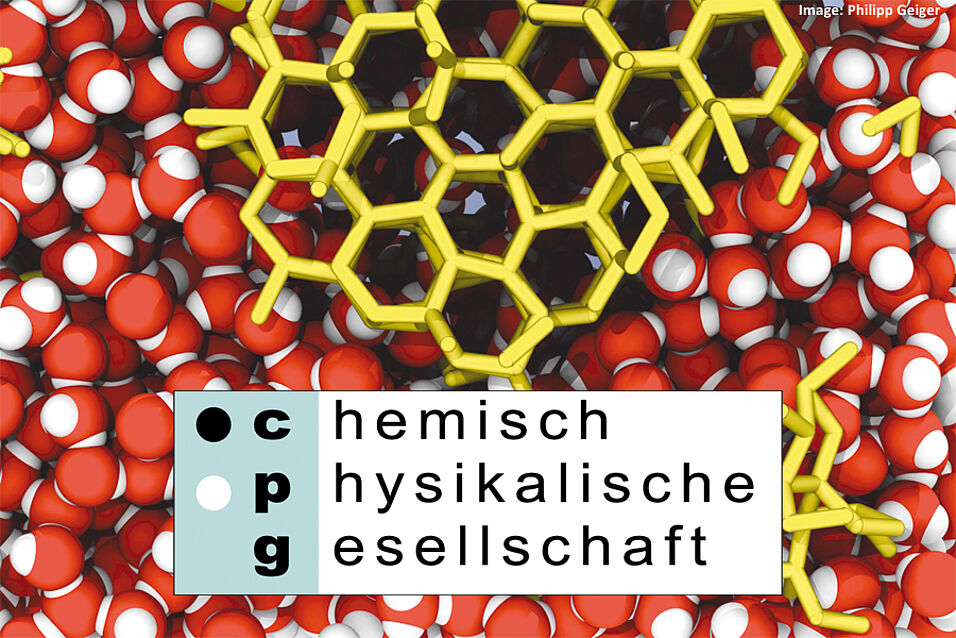Vortrag im Rahmen der Chemisch Physikalischen Gesellschaft
The self-assembly of molecular and nanoscale building blocks is an inexpensive and scalable way of creating complex materials. Reliable assembly of specific target structures, however, requires a detailed understanding of the effective interactions between building blocks in solution. My research group uses molecular modeling and computer simulations to reveal crucial molecular fluctuations and generate guiding principles for enhanced structural control in self-assembly.
In the first part of my talk, I will focus on the role of ligands in the self-assembly of colloidal nanoparticles. Recent experiments have demonstrated that small nanocrystals can self-assemble into a range of superstructures with different translational and orientational order of nanocrystals. The origin of this structural diversity remains unclear. I will discuss our recent efforts to understand the self-assembly of these nanocrystals over a broad range of ligand lengths and solvent conditions using molecular dynamics computer simulations. We show that small differences in nanoparticle shape, ligand length and coverage, and solvent conditions can lead to markedly different self-assembled superstructures due to subtle changes in the free energetics of ligand interactions. Our results rationalize the large variety of different reported superlattices self-assembled from seemingly similar particles and can serve as a guide for the targeted self-assembly of nanocrystal superstructures.
In the second part of this talk, I will discuss our recent efforts to understand the driving forces andmicroscopic mechanisms of spontaneous chiral resolution by crystallization. We introduce a family ofsimple models of chiral molecules that crystallize into a variety of different structures found in experiments, including racemic and enantiopure crystals, and amorphous solids. The simplicity of our model allows us to analyze the kinetics and thermodynamics of these models in detail. Our calculations show that while a strong thermodynamic bias favors both racemic and enantiopure crystallization, many models crystallize for kinetic reasons, without or even against a strong thermodynamic preference. An analysis of the structure of the space of polymorphs leads to simple guiding principles that can be useful inthe selection of suitable experimental conditions for crystallization.

